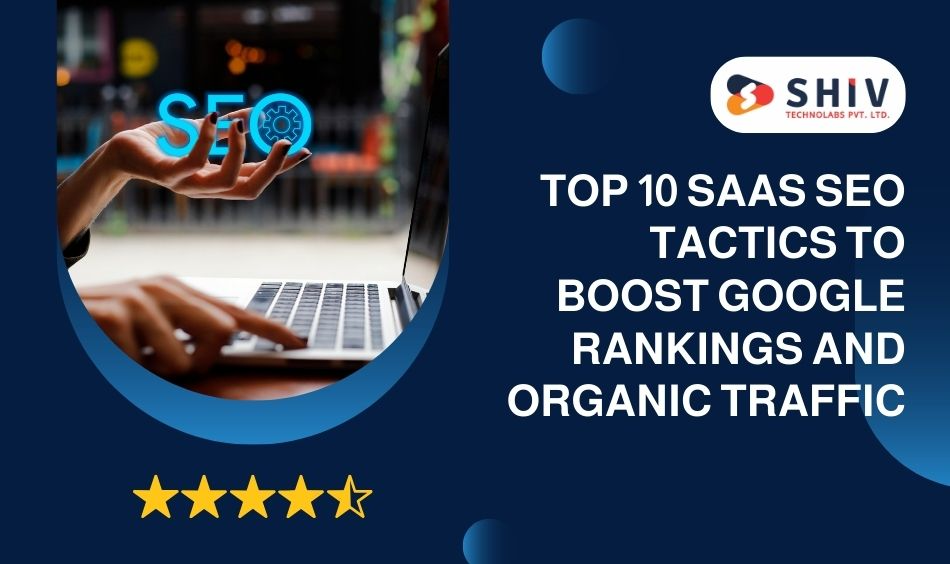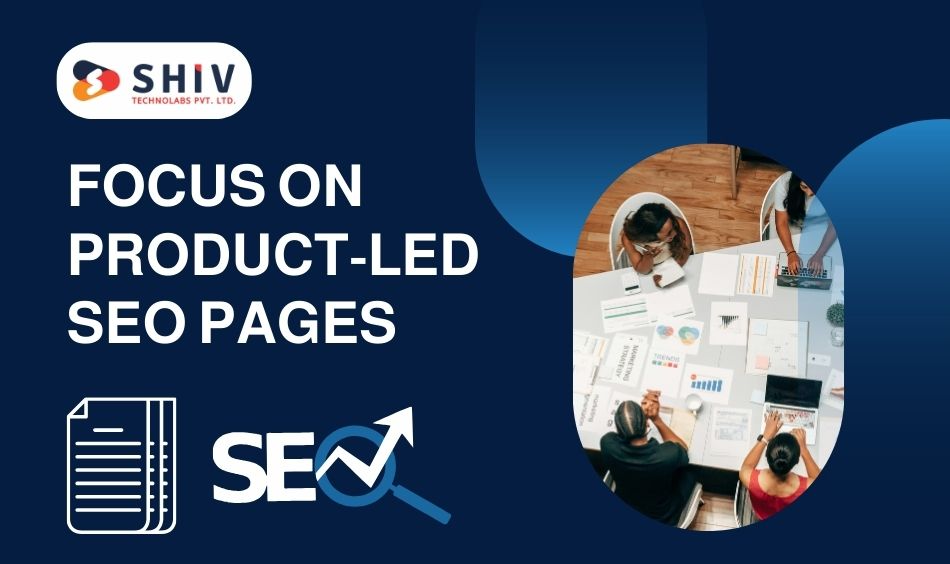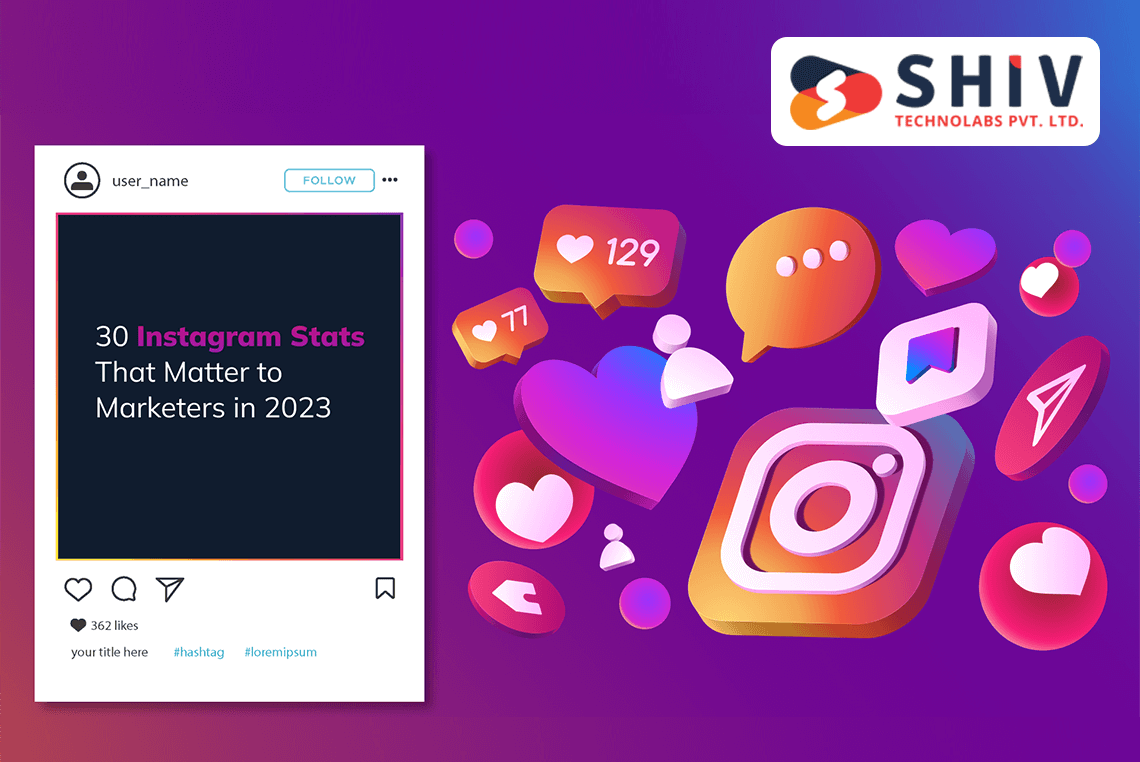Table of Contents
Software-as-a-Service (SaaS) businesses depend on organic traffic for their expansion. Your SaaS website needs to appear in Google search results because users will not discover your platform otherwise.
This is why SaaS SEO is important. It helps your website appear higher on Google, get more visitors, and turn them into paying users. But just writing blog posts won’t work. You need a solid SEO plan.
This blog will discuss 10 clear and effective SaaS SEO strategies. These basic implementation methods create substantial changes in the long run.
What is SaaS Search Engine Optimization?
Search engine optimization (seo) techniques help Saas websites achieve higher search engine rankings in platforms such as Google. Implementing SaaS SEO requires keyword analysis, site creation, performance optimization, and link-building strategies. The goal is to bring in the right traffic—people who are looking for your software.
Why SaaS SEO Matters: Key Stats
Here’s a quick table to show why SEO matters for SaaS businesses:
| Metric | Source |
|---|---|
| Organic traffic drives 53% of all website traffic | BrightEdge |
| Top 3 Google results get 54.4% of all clicks | Backlinko |
| SEO leads have a 14.6% close rate | HubSpot |
| 75% of users never scroll past the first page | Backlinko |
| Companies that blog see 55% more visitors | HubSpot |
Top 10 SaaS SEO Tactics to Boost Google Rankings and Organic Traffic

Below is a list of the 10 best SaaS SEO tactics to boost rankings and organic traffic:
1. Target Long-Tail Keywords
Using long-tail keywords is the first step in any SEO strategy for SaaS companies. These are longer phrases that users search for when they are closer to making a decision.
For example, instead of just “CRM software” use “CRM software for small business without coding” These keywords are easier to rank for and bring better leads.
How To Use Them:
- Add them to page titles and headings.
- Use them in FAQs and blogs.
- Match them to user questions.
2. Create Specific Landing Pages
Each product or feature in your SaaS app should have its page. These pages must focus on one keyword and solve one problem. Your page ranking becomes stronger when Google understands your content through this approach.
For example, if your business provides both, you should create dedicated pages for invoicing services and time tracking functions.
3. Build a Strong Blog Around SaaS Content Marketing
Blogging is a key part of SaaS content marketing. It builds authority and trust. Each blog post should solve a problem that your users face. Don’t write general tips—go deep into your SaaS use cases.
Content Ideas:
- How-to guides
- Comparison posts (e.g., “X vs Y“)
- Case studies with real data
- Product tutorials
Use blog links to support your product pages. This builds topical relevance.
4. Optimize Your Website’s On-Page SEO
Every page needs to follow these on-page SEO rules:
- Title Tag: Must include your keyword
- Meta Description: Clear summary with your keyword
- Headings (H1, H2, etc.): Use keywords in headings
- Alt Text: Describe images using keywords
- Internal Links: Connect pages
Google reads this structure to understand your website. A well-structured site is easier to rank.
5. Improve Page Speed and Mobile Performance
Page load speed affects rankings. A site that requires more than 3 seconds to load will cause 40 percent of visitors to abandon it. Use Google PageSpeed Insights as a free tool to verify your page speed.
Your site needs to perform optimally on mobile platforms. Over 60% of searches now come from phones. A mobile-optimized design improves SEO and user experience.
6. Build Backlinks the Right Way
Backlinks are links from other websites to yours. They act like votes of trust. More good-quality backlinks mean higher rankings.
How To Build Backlinks:
- Write guest posts for SaaS-related blogs
- Share your research data and infographics
- Get listed on review sites like G2 and Capterra
- Ask partners and clients to link to you
Backlinks work only if they are relevant and from trusted sites.
7. Add Schema Markup for Better Results
The code structure known as schema markup enables Google to understand web content more effectively. Google displays your content through rich results, which include stars, FAQs, and reviews in search results.
You Can Use Schema For:
- Reviews
- Product details
- FAQs
- How-to steps
Use free tools like Google’s Rich Results Test to check if your pages support schema.
8. Focus on Product-Led SEO Pages

Your SaaS product must speak for itself. This is where product-led SEO pages help. Create interactive pages that show your tool’s features in action.
Examples Include:
- Live demos
- Interactive calculators
- Feature comparison tables
These pages reduce bounce rate and help convert SEO traffic into trial users.
9. Monitor SEO Metrics and Fix Issues Fast
Use these tools every week:
- Google Search Console: Track search clicks and fix crawl errors
- Google Analytics: Measure bounce rates and conversions
- Ahrefs or SEMrush: Check keyword rankings and backlinks
Set goals like “rank in top 10 for keyword X” and work toward it. SaaS SEO is not a one-time job. You need to test and fix often.
10. Partner with a SaaS Development Team That Understands SEO
If you’re serious about growth, don’t rely only on freelancers. Work with a SaaS development company that understands both product and SEO. Teams like Shiv Technoabs help build fast, SEO-ready SaaS platforms. They design clean code and make your site easy for Google to crawl.
Final Thoughts
Ranking a SaaS website on Google takes effort, but it’s possible with the proper steps. Start with long-tail keywords, helpful blogs, and fast pages. Make sure every page has explicit content and is easy to find.
Backlinks, schema markup, and mobile-first design also matter. Use tools to measure success and fix what’s not working.
If you want to do it right from day one, let a skilled SaaS development team at Shiv Technolabs build your platform with the best SEO practices. It will save you time and set you up for long-term growth.





![Top 15 Best Business Process Automation Tools for Businesses[2025].](http://167.86.116.248/shivlab/wp-content/uploads/2025/06/Top-15-Best-Business-Process-Automation-Tools-for-Businesses2025.webp)
















